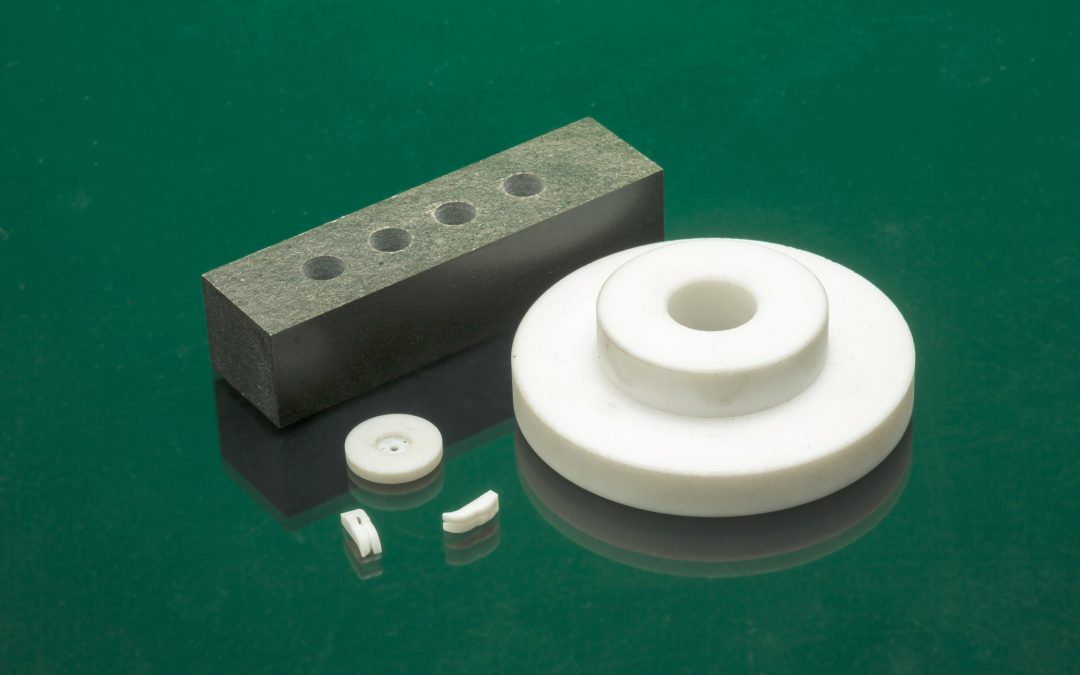Super polishing is a relatively new classification of surface quality. Sometimes, super polishing is referred to as being “atomically smooth.” In super polishing, surface roughness is measured in Angstroms.
An Angstrom is 10 times smaller than a nanometer, and super polishing is ideal for components that require utmost surface quality. Therefore, super polish is called “atomically smooth,” as one hydrogen atom is only one Angstrom in diameter.
Why Use Super Polish?
In many cases, scratch-dig and roughness are only cosmetic on optic components. This can cause light to scatter, which is not typically a problem.
However, light scatter does matter in certain components, such as those made for high-energy laser systems. In addition, cosmetic defects don’t affect the chromatic aberrations or wavefront, so they can sometimes be overlooked. But in a component that requires the best in surface quality (such as a 10-5 scratch dig score), super polish is becoming more and more popular. Soon, we hope to have this capability to provide the highest surface quality possible.
What Is the Super Polish Process?
Because of its relative newness, as of 2022, there is no current industry-wide standard for super polishing. Super polish can achieve exceptional surface quality, but there is no standard that classifies the use of super polish as always having a 10-5 scratch/dig specification. The one commonality between super polish and other types of polishing processes is that it still requires a visual inspection to give the component a score. Some companies use diamond slabs to achieve a high surface quality score, but this is not required.
More About Super Polish Optics
There are no set standards when it comes to super-polished optics, however, some general specifications include:
- RMS roughness of 0.1 nm
- Scratch/dig tolerances of 10-5 for parts with diameter 5 to 300 mm
- Thickness of 0.5 to 30 mm
- Typical range of surface roughness is <5 Å
Because there’s no set standards, here are a few things to keep in mind as you require super-polished optics:
- Metrology. Because super polish is so new, there are no consistent standards for measurement, just as there are no industry-wide standards. Theoretically, this could lead to parts not fitting properly.
- Communicate freely. When you sit down with a vendor, ensure that you know precisely their super polish specifications and tolerances, as this could vary widely from company to company.
- Find a vendor with integrity. To perform super polishing, a vendor must own a sub-nanometer metrology equipment. If they do not, you will be relying solely on visual inspections and each vendor’s specifications.
In time, there will likely be more specifications for super polish within the optics industry, however, at present, most super polish practices can provide an exceptional level of surface quality, so it is worth using if you need components that don’t cause light to scatter.
Check back soon, as we hope to be adding super polish to our list of services soon.
To learn more about super polish and our other capabilities, contact IRD Glass today to speak with a team member or to receive a quote.
